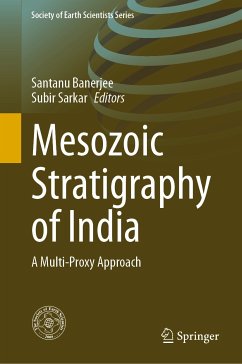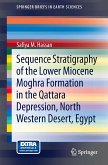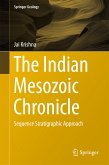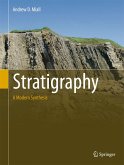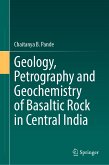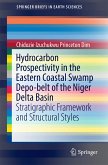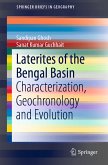This book envisages a multi-proxy approach using stable isotopes, geochemical proxies, magnetic susceptibility and associated biotic events for paleoclimatic and paleoenvironmental interpretations of the Mesozoic sedimentary record of India. Mesozoic rocks of India record abnormal sea level rise, greenhouse climate, intensified volcanism, hypoxia in seawater, extensive black shale deposition, and hydrocarbon occurrence. The Mesozoic has also witnessed mass extinction events, evolution of dinosaurs, and breakdown of the supercontinent Pangea and the formation of Gondwana. Although the Mesozoic geology of India has witnessed significant progress in the last century, literature survey reveals a huge gap in knowledge regarding sequence stratigraphy, chemostratigraphy and key geological events. A synthesis of sedimentological, paleontological and chemical data is included to presenting a comprehensive understanding of the Indian Mesozoic record to students, researchers and professionals.
Dieser Download kann aus rechtlichen Gründen nur mit Rechnungsadresse in A, B, BG, CY, CZ, D, DK, EW, E, FIN, F, GR, HR, H, IRL, I, LT, L, LR, M, NL, PL, P, R, S, SLO, SK ausgeliefert werden.

